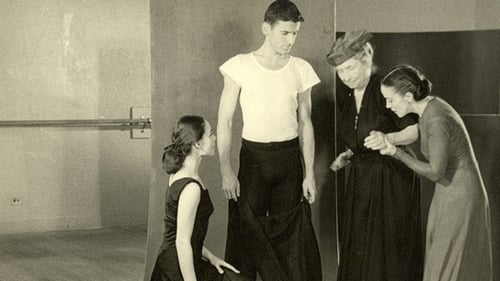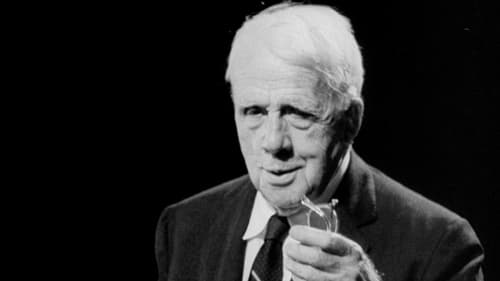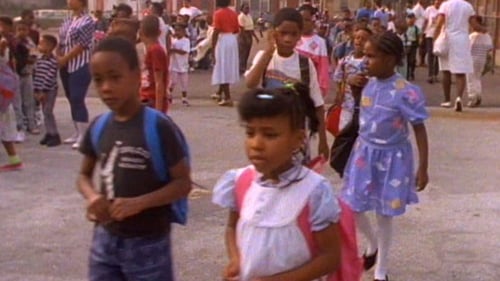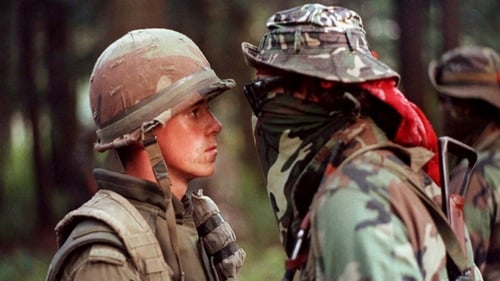Broken Rainbow (1985)
There is no Word for Relocation in the Navajo Language; to Relocate is to Disappear and Never be Seen Again.
장르 : 다큐멘터리, 역사
상영시간 : 1시간 10분
연출 : Maria Florio, Victoria Mudd
시놉시스
Documentary chronicling the government relocation of 10,000 Navajo Indians in Arizona.

Narrated by actress Katharine Cornell and filmed in black and white, it spends the first 24 minutes introducing viewers, through newsreels, interviews, and old photographs, to the story of the deaf and blind disabled-rights pioneer. News footage shows her international appearances and visits with heads of state, including President Eisenhower allowing her to feel his face. The second half takes a day-in-the-(exceptional)-life approach to Keller's existence circa 1955. Made just 13 years before her death, Keller's famed tutor-translator-friend Anne Sullivan had already died, leaving her live-in replacement, Polly Thomson, to share the film's focus. From the time Keller takes her morning walk along the 1,000-foot handrail around her yard through her workday to her nightly reading of her Braille Bible, her serene acceptance of her life will amaze and inspire.

A hilarious and affectionate look at the path to stardom inside the competitive world of opera. Filmmakers Allie Light and Irving Saraf relegate the divas to the background and focus on a limelight-craving group of "choristers" -- the seldom-noticed singers who stand behind the soloists portraying peasants, soldiers and slaves.

“가지 않은 길”등으로 잘 알려진 로버트 프로스트(1874~1963)는 시인으로서는 드물게 퓰리처상을 수상한 미국의 대표적인 시인이다. 영화는 노년의 로버트 프로스트가 어떤 소박한 일상을 보내는지 보여주는 한편 그의 짧은 강의 현장을 기록한다. 그리고 케네디 대통령에게 의회명예훈장을 받는 모습까지 함께 보여준다. 1964년 오스카 최우수 다큐멘터리 수상.

A film about the work of the artist most famous for her monuments such as the Vietnam Memorial Wall and the Civil Rights Fountain Memorial.

Three sectors of American society hit by recession in the mid-1980s: heartland farms, factory workers out of a job, and the new homeless. In Minnesota, 250 family farms are being repossesed each week; men and women talk about their farms, the nature of their bank loans, the onslaught of corporate farming, and their sorrow and despair. In cities where 3,500 jobs per day go overseas, unemployed workers contemplate their options. The newly homeless talk about the jobs they've lost, "Justice Ville" in Los Angeles (bulldozed by court order), and squatting in New York's abandoned buildings. A family living in a welfare hotel tells their story.

The U.S. Army and the Indians sign a peace treaty. However, a group of surveyors trespass on the Indians' land and violate the treaty. The army refuses to listen to the Indians' complaints, and the surveyors are killed by the Indians. A vicious Indian war ensues, culminating in an Indian attack on an army fort.

In September, 1959, six Europeans leave Cook's Bay on the southern coast of Dutch New Guinea, now West Papua or Irian Jaya, to trek north to the far side of the island. The journey (450 miles, as a crow flies) across unmapped territory took seven months; three Muyu porters died. Near both coasts, the expedition met villagers who invited them to observe rituals and live with them. In the interior, all villagers kept them at bay, and they depended on air lifts from Hollandia for food and supplies. They climbed above 10,000 feet, built 14 bridges, and fought leeches and malaria. The narrator focuses on describing Stone Age savages, headhunters, and cannibals.

The O'Dell farm is on the rocks. A non-traditional accountant comes with a variety of ways to save the farm.

Oscar Winning documentary short about Charlie Clements, a Vietnam War pilot who was convinced by his experiences in the war that he should become a doctor working behind enemy lines.

Twenty-two prominent American women discuss their activism for nuclear disarmament and their motivations in seeking the end of the arms race.

In this documentary, the director follows the day-to-day activities of his retarded, middle-aged cousin Philly, over a three-year period.

An unflinching verité portrait of the children of Stanton Elementary School in North Philadelphia, an inner-city neighborhood where 90% of the students live below the poverty line. Seen through the viewpoint of devoted principal Deanna Burney, the film shows Stanton as grossly underfunded, understaffed, and filled with children struggling to overcome their difficulties. But for these at-risk kids, however, the hope for their future survives only in the success of their education. A captivating series of vignettes concerning children growing up outside the American dream, echoing current “hot-button” issues in our country’s ongoing political discussion.

This Academy Award winning short subject documentary follows the United States Coast Guard icebreaker ships Eastwind and Westwind for four months as they work to clear navigational paths for ships traversing the arctic sea.

This biographical docudrama traces the life of Dr. Albert Schweitzer, from his birth in Alsace, up to the age of 30 when he made the decision to go to French Equatorial Africa and build his jungle hospital. The latter half of the film encompasses a full day in the hospital-village, following the octogenarian Samaritan in his daily rounds.

Oscar Winning short film from 1972

This 1991 Academy Award®-winning documentary uncovers the disastrous health and environmental side effects caused by the production of nuclear materials by the General Electric Corporation.

"To Be Alive!" was designed to celebrate the common ground between different cultures by tracing how children in various parts of the world mature into adulthood.

Oscar Winning short documentary

A look at some of the last stone carvers working in the United States, those completing the sculptures adorning the Washington National Cathedral. They discuss their craft and the cultural forces which helped define it, as well as the fading use of stone ornamentation in architecture and the history of stone carving, and they tour the cathedral to point out the history behind some of the work.

In July 1990, a dispute over a proposed golf course to be built on Kanien’kéhaka (Mohawk) lands in Oka, Quebec, sets the stage for a historic confrontation that would grab international headlines and sear itself into the Canadian consciousness.










